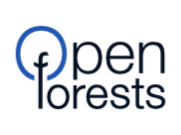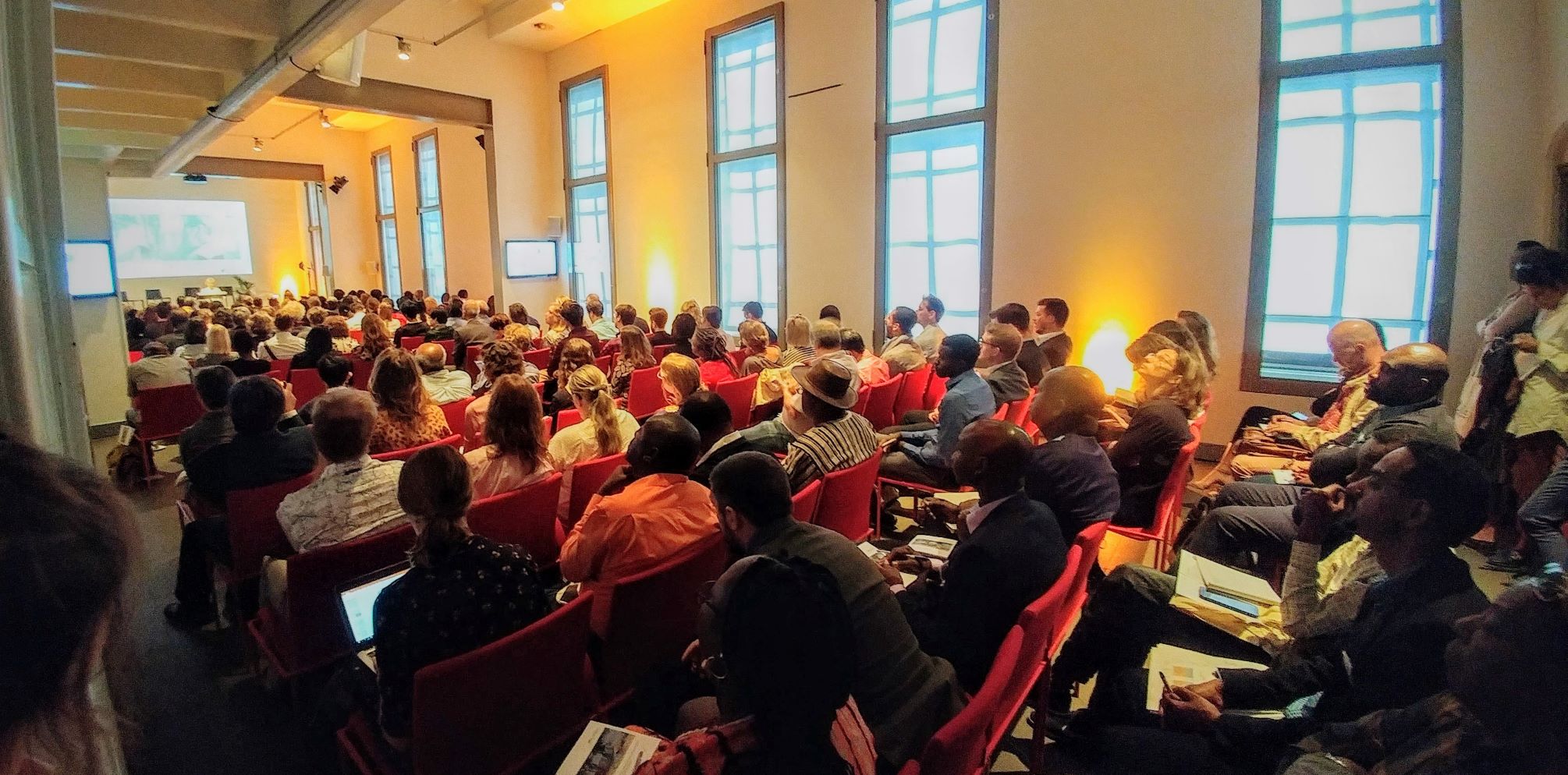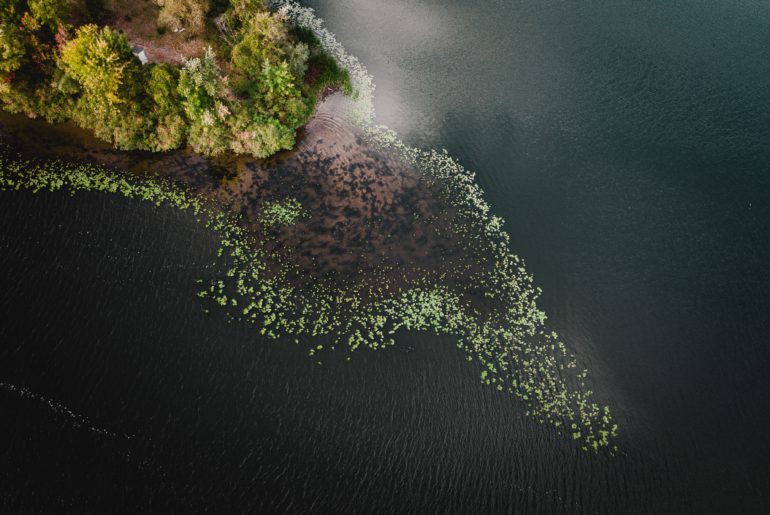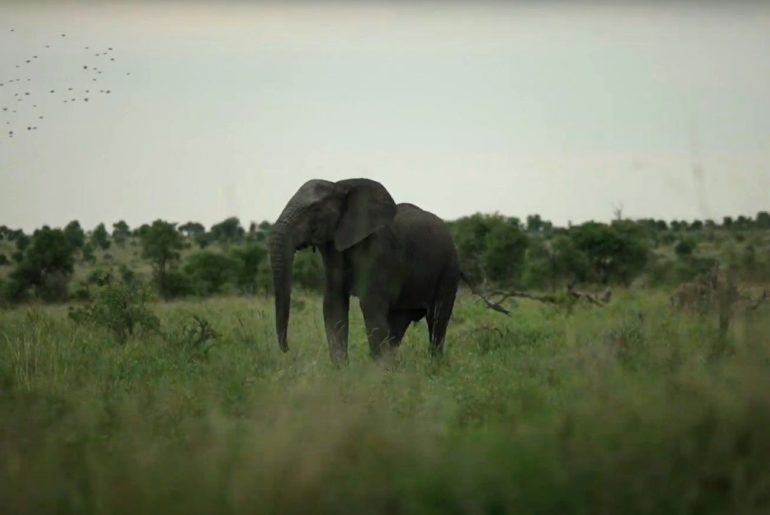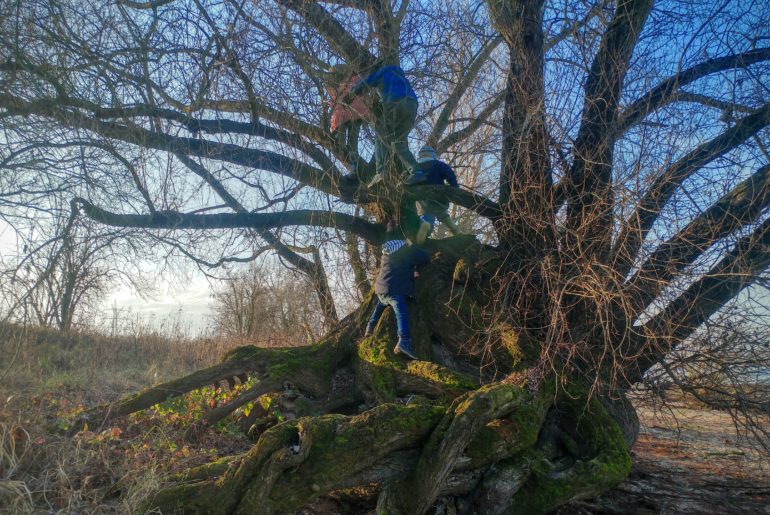How LANDac conference 2019 changed my perspective on forest landscape restoration.
Having worked in landscape restoration for more than a decade the focus of OpenForests has been on supporting conservation, reforestation, and agroforestry projects with web maps, GIS-systems, drones, and entire information infrastructures. We could see a bottle-neck in the limited availability of project information, especially geo-information. We consider accurate and timely data and its accessibility to all stakeholders as a precondition for successful project management.
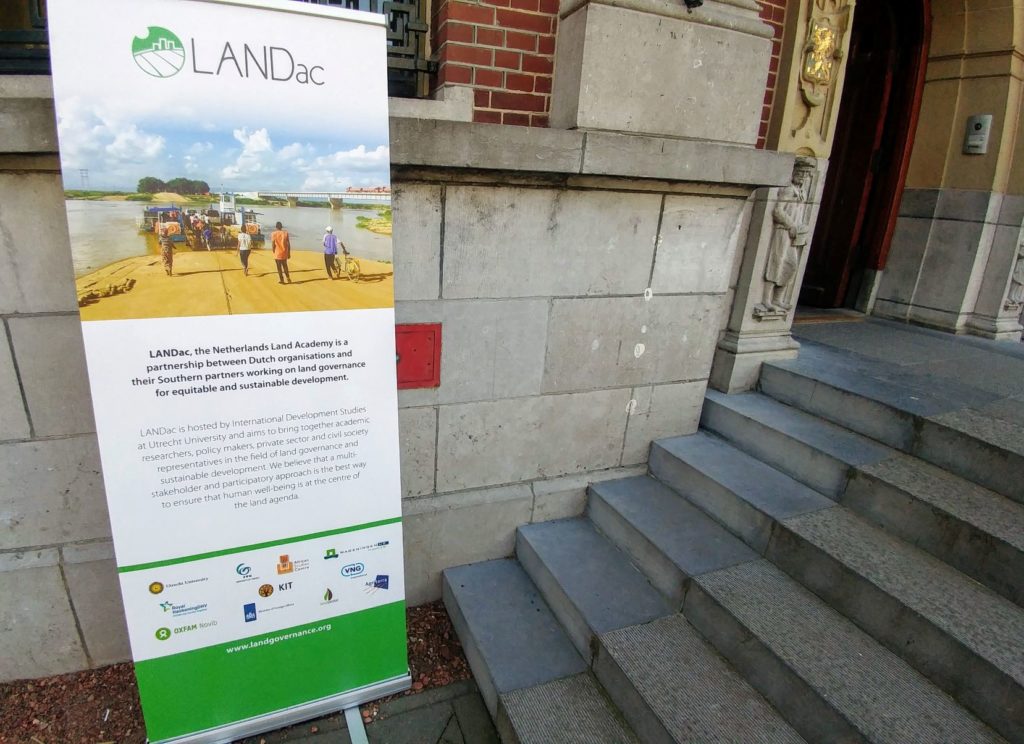
Oftentimes, when dealing with forestry projects we tend to get lost in our daily immediate tasks and take political systems, legal frameworks, and law enforcement as given and stable. LANDac 2019, a conference focusing on land governance for equitable and sustainable development became an opportunity to dive into much broader and underlying issues of sustainability one more time. The conference served as a reminder that governance is much more complex and dynamic process. Different case studies and presentations by country representatives, and activist groups demonstrated this complexity on the ground.
Historical and traditional land-use practices are under high pressure mainly due to private sector land rush but also governmental programs in agriculture, mining, and urban infrastructure development. Minority groups, like smallholders and indigenous communities, are often not appropriately consulted or integrated into decision-making processes for land-use changes and ownership transfer. The land rights of these groups are systematically underrepresented, while in many developing countries, “informal land right enforcement” is often a privilege of the wealthier groups.
The good news is, although still dominated by autocratic and often highly corrupt systems, land governance constantly undergoes changes initiated by civil society groups. Many cases presented during the conference demonstrate how equitable land governance can be achieved through the actions of dedicated people.
Information technologies, especially interactive and collaborative mapping tools such as explorer.land can be used to make land tenure rights more transparent and enforceable. If used carefully, these tools can assist the communities to demonstrate and claim their land rights by promoting an inclusive and equitable society.
Main take-home messages from the LANDac conference
Land governance is the basis for equitable and sustainable development. Secure land-use rights are necessary for:
- Stable access to land for subsistence farming and development in rural areas.
- Protection of valuable habitats and biodiversity.
Without secure land tenure and clear laws, there is always the risk of land occupation and seizure of the rights of smallholders and indigenous communities. Land tenure security is a way to ensure that landscapes and their resources are not overexploited for short-term profit, and their ecosystem functions such as soil fertility, carbon, and water storage are kept for a long run.
Overall, LANDac was a great opportunity to learn and enrich my “information-solution” focused perspective with the broader topics linked to land governance. My final summary:
Land governance should be placed at the core of discussions on our joint future on this planet.
